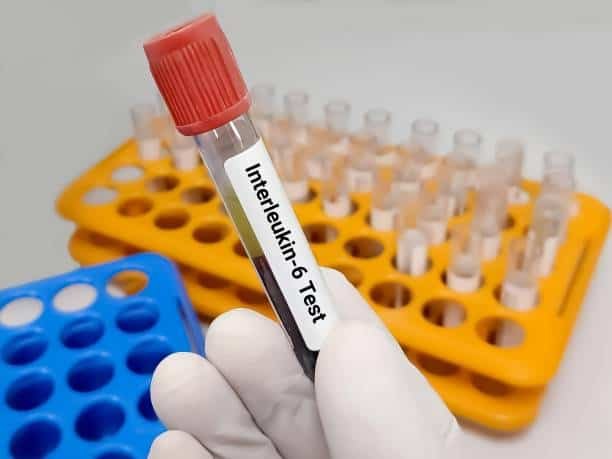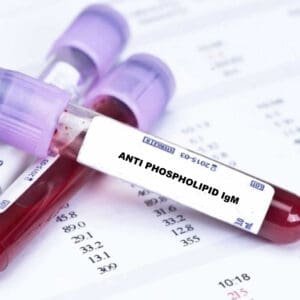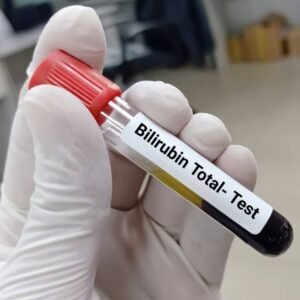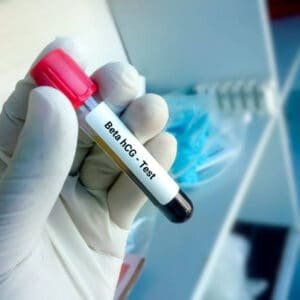Description
USEFUL FOR
Evaluation of patients with suspected systemic inflammation associated with infections, autoimmunity, and cancers
CLINICAL INFORMATION
Interleukin-6 (IL-6) is an important pro-inflammatory cytokine, which plays critical roles in both innate and adaptive immunity.(1,2) IL-6 is produced by a variety of different cell types, including macrophages, endothelial cells, and T cells. Its production can be initiated in response to microbial invasion or other cytokines, such as tumor necrosis factor alpha (TNF-alpha) and IL-1 beta. As part of the innate immune system, IL-6 acts on hepatocytes to induce expression of C-reactive protein, fibrinogen, and serum amyloid A, also known as the acute phase reactants. IL-6 also plays a key role in activating antibody-producing B cells to proliferate, leading to an enhanced antibody response.(1)
Under normal conditions, IL-6 plays an important role in cellular homeostasis. However, during inflammatory conditions, the concentration of IL-6 increases in several folds, highlighting its clinical relevance as a major alarm signal in humans in response to infections (sepsis/septicemia), inflammation, autoimmunity, and cancer.(2-4) Increased concentrations of IL-6 have been reported in localized (prosthetic joint infections [PJI], periodontitis), and systemic (eg, sepsis, coronavirus 2019 [COVID-19]) infections, autoimmune conditions (eg, rheumatoid arthritis (RA), systemic lupus erythematosus, ankylosing spondylitis, and inflammatory bowel disease), and cancers.(4-8) Thus, IL-6 serum levels have evaluated, and reported to predict severity and response to IL-6 targeted therapies in PJI,(4) sepsis,(5) COVID-19,(6) and RA.(7-8) Overall, IL-6 cytokine is nonspecific biomarker of systemic inflammation that may have relevance in clinical decision making in the appropriate context.
REFERENCE VALUES
< or =1.8 pg/mL
INTERPRETATION
ELEVATED CONCENTRATIONS OF INTERLEUKIN-6 (IL-6) MAY INDICATE AN ONGOING INFLAMMATORY RESPONSE.
CAUTIONS
Interleukin-6 (IL-6) is a nonspecific marker associated with an inflammatory response and is not diagnostic for any specific disease or disease process. Elevated concentrations of IL-6 must be interpreted within the clinical context of the patient.
Normal concentrations of IL-6 do not exclude the possibility of an ongoing inflammatory process.






Reviews
There are no reviews yet.